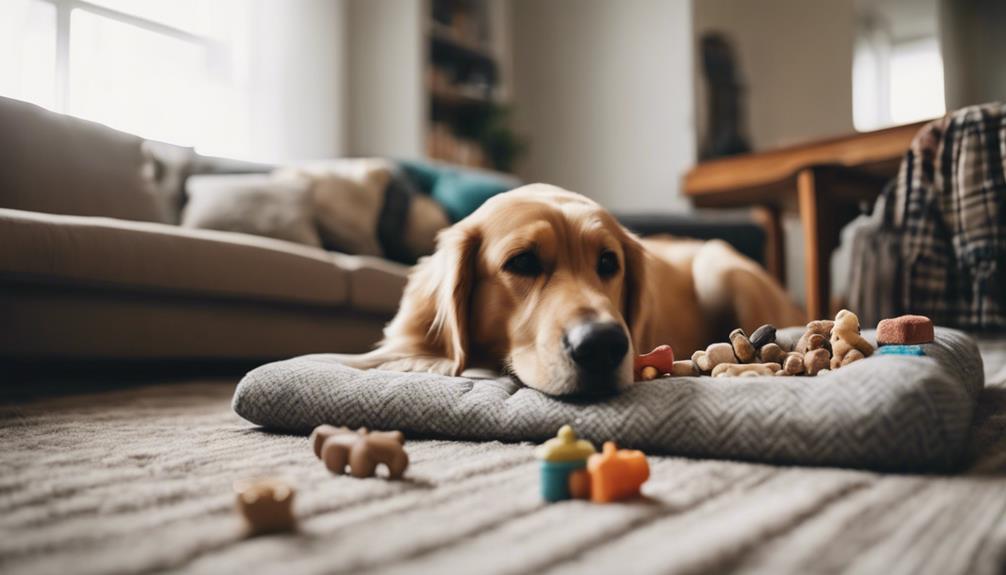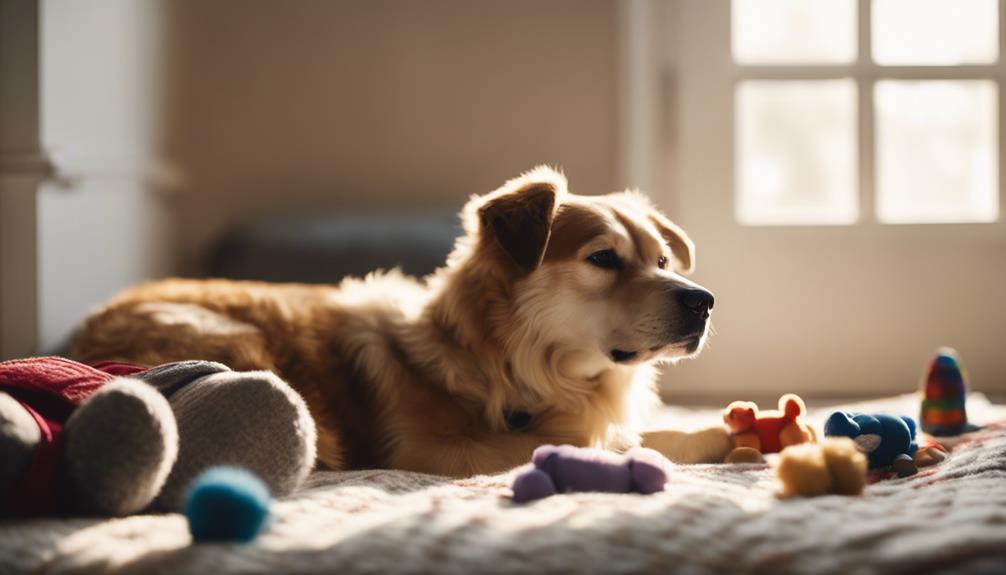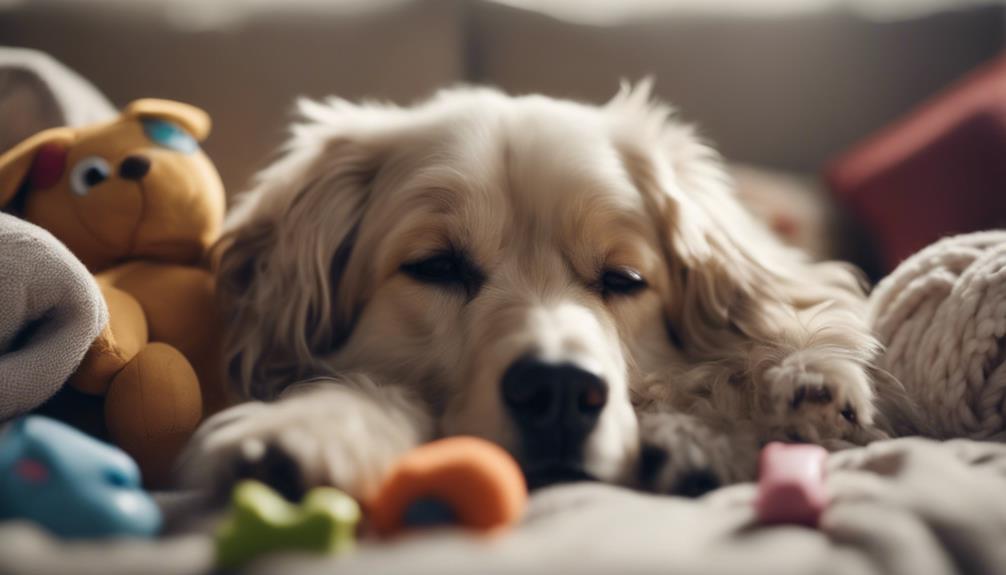When moving with your dog, it’s important to make the transition as easy as possible. Begin by placing their familiar bed and toys in their new space right away to help them feel at home. Stick to your regular feeding and walking schedule to provide a sense of routine. Introduce new environments and people gradually to prevent overwhelming your pet. Stay calm yourself; dogs can sense your emotions, so try to remain stress-free. Remember, patience is crucial as your dog acclimates to the new surroundings. There are additional steps you can take to ensure a smooth move for your furry friend. Set up a designated area in your new home with their food and water bowls, as well as a cozy place for them to relax. Consider using pheromone diffusers or calming collars to help alleviate any anxiety your dog may experience. In addition, transform your virtual space by scheduling video calls with a trusted veterinarian to ensure your dog’s well-being during the transition. With time and affection, your dog will feel comfortable and settled in their new home in no time.
Key Takeaways
- Set up your dog's crate, bed, and toys immediately to create a familiar and comforting environment in the new home.
- Maintain regular feeding, walking, and play schedules to provide a sense of routine and security during the transition.
- Introduce new surroundings gradually, allowing your dog to explore at their own pace to prevent overwhelm.
- Keep calm and composed throughout the relocation process, as your emotional state can impact your dog's behavior.
Offer Familiarity

To help your dog feel at home in the new space, set up their crate, bed, and toys right away. Keeping their favorite items in the same condition guarantees familiar scents remain, providing comfort during this change.
Avoid cleaning their belongings before moving; those smells are reassuring and can ease anxiety. Create a designated area in your new home that's solely for your dog, making it a cozy retreat where they can relax.
This familiarity helps them adjust better to the new environment. Remember, the more you retain their usual setup, the less stressed they'll feel.
Stick to Your Routines
Maintaining your dog's regular routines for feeding and walks is essential for ensuring they feel secure in their new home. Stick to the feeding schedule your dog is used to; consistency helps reduce anxiety.
Continue with morning walks, as they provide both exercise and a sense of normalcy. Regular outdoor time is also vital for bathroom breaks, so keep those timings consistent. This familiarity creates a comforting rhythm that can ease your dog's adjustment into the new environment.
Make sure to incorporate playtime and training sessions, as these activities can strengthen your bond and keep your dog engaged. By maintaining these routines, you help your furry friend feel more at home amid the changes.
Don't Overwhelm

Limit your dog's initial walks to short durations to help them adjust to their new surroundings.
Gradually introduce them to the neighborhood, allowing them to explore at their own pace. This slow approach helps prevent overwhelming them with too many new sights, sounds, and smells all at once.
When meeting neighbors or encountering new people, take it slow—let your dog approach when they're ready.
Avoid busy parks or crowded areas during the adjustment period, as these can be stressful. Instead, stick to quieter paths where your dog can feel secure.
Keep Your Calm
How can you guarantee a calm atmosphere for your dog during the moving process?
First, remember that dogs can sense your emotions, so it's essential to keep your stress in check. Try to conceal any anxiety you might feel, as it can transfer to your furry friend.
If the day of the move feels too chaotic, consider boarding your dog temporarily. This way, they won't be overwhelmed by the hustle and bustle.
Create a serene environment in your new home by setting up a cozy space with their familiar bed and toys.
Engage in soothing activities, like gentle play or quiet cuddles, to help both of you relax. A calm environment will foster comfort and ease their adjustment.
Stay Patient

Adjusting to a new home takes time, so it's important to be patient with your dog during this shift. Your furry friend might show signs of anxiety or depression, and that's completely normal.
Monitor their behavior closely, and don't hesitate to seek professional help if these issues persist for several weeks. Understand that both you and your dog are going through an adjustment period.
Offer consistent support and care, reassuring them as they settle in. Encourage exploration at their own pace, allowing them to become comfortable with their new surroundings.
Conclusion
In fact, studies show that about 20% of dogs experience anxiety during a move, making it essential to prioritize their comfort.
By offering familiarity, sticking to routines, and allowing your dog to explore at their own pace, you can greatly ease their changeover.
Remember, your calm demeanor plays a key role in how they adapt.
With a little patience and understanding, you can turn a potentially stressful experience into a smooth relocation for both of you.









